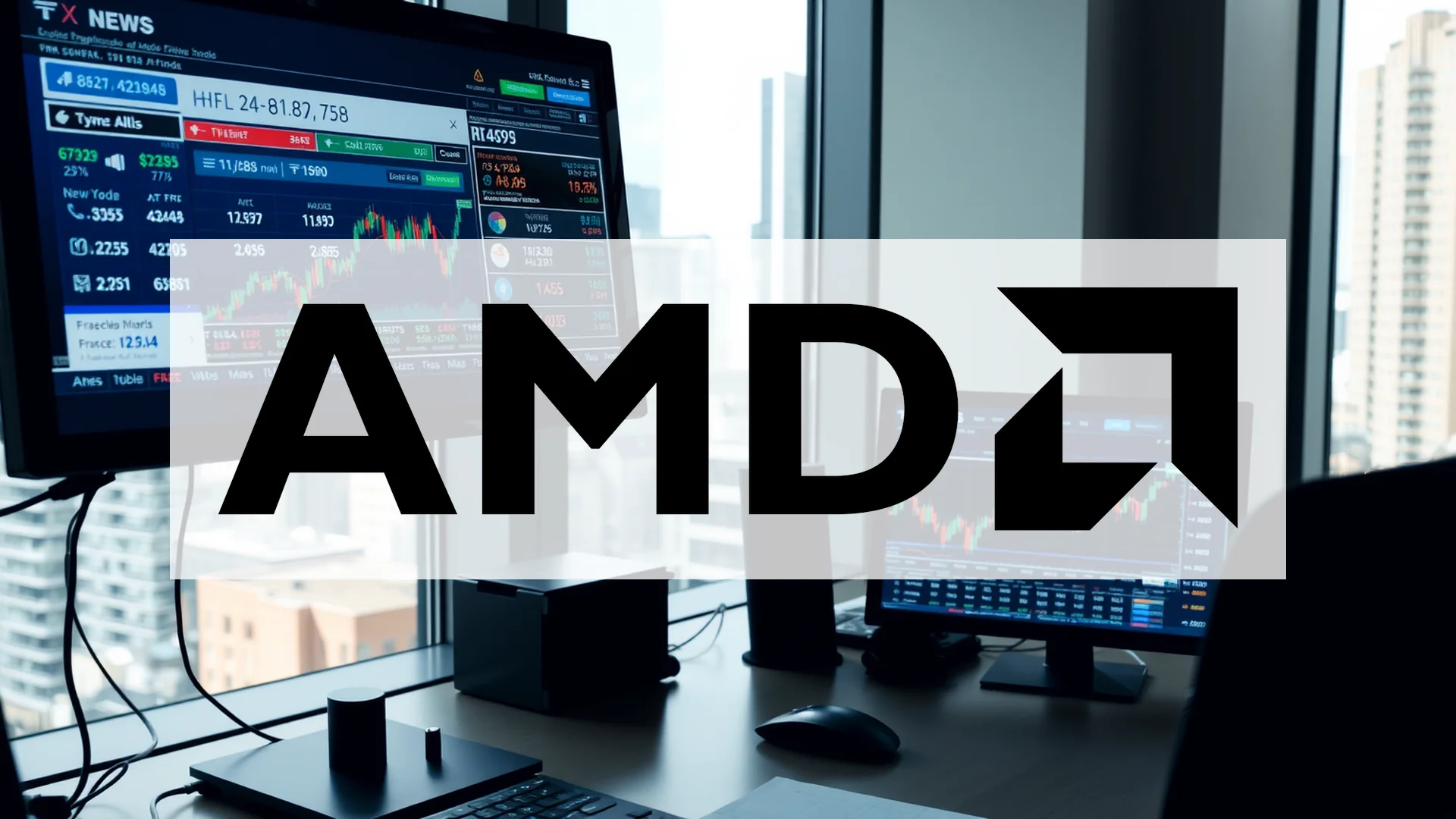Advanced Micro Devices (AMD) finds itself at a pivotal moment following an extraordinary October performance that saw its shares surge by 58% – marking the company’s strongest monthly gain since 2001. All eyes now turn to Tuesday evening’s quarterly earnings release, which must validate the sky-high expectations generated by two billion-dollar agreements with OpenAI and the U.S. Department of Energy.
The Foundation of Investor Enthusiasm
Recent strategic developments have positioned AMD as a formidable competitor in the lucrative artificial intelligence chip sector. The technology world witnessed two significant announcements that fueled investor optimism: a comprehensive partnership with OpenAI to provide AI infrastructure capable of delivering up to 6 gigawatts of GPU processing power, followed by a substantial contract from the U.S. Department of Energy to supply two new AI supercomputers.
Market analysts from institutions including Wells Fargo and Susquehanna promptly revised their projections upward in response to these developments. The collective assessment suggests these agreements could potentially channel tens of billions of dollars into AMD’s revenue streams over the long term.
Earnings Report: The Moment of Truth
The upcoming financial results represent a crucial test for AMD’s valuation. Market researchers anticipate adjusted earnings per share of approximately $1.17 for the third quarter, with revenue expected to reach around $8.8 billion. These figures align closely with the company’s own forecast of $8.7 billion, plus or minus $300 million.
Should investors sell immediately? Or is it worth buying AMD?
Attention will focus particularly on two business segments: data center operations and client computing. The market will scrutinize the sales trajectory of AMD’s new Instinct MI350 series AI accelerators, which represent the company’s primary competitive challenge to the current market leader.
The Timing Challenge
A significant consideration for investors involves the delayed revenue impact from these major agreements. The most substantial financial benefits from the OpenAI collaboration aren’t projected to materialize until the second half of 2026. This timeline creates a challenging interim period where AMD must rely on its fourth-quarter guidance and fundamental business performance to support current valuation levels.
Market participants will carefully evaluate whether demand for AMD’s server CPUs and AI accelerators demonstrates the robust growth suggested by recent contract wins. Any indication of weaker-than-expected forward guidance could rapidly undermine October’s impressive share price advancement.
Ad
AMD Stock: Buy or Sell?! New AMD Analysis from December 20 delivers the answer:
The latest AMD figures speak for themselves: Urgent action needed for AMD investors. Is it worth buying or should you sell? Find out what to do now in the current free analysis from December 20.
AMD: Buy or sell? Read more here...










